
What is the EN61326-2-3 Standard?
Today, let's take a look at the EN61326-2-3 standard—an important one in the field of electrical equipment.
What is the EN61326-2-3 Standard?
EN 61326-2-3 is a European EMC (Electromagnetic Compatibility) standard for electrical equipment used in measurement, control, and laboratory applications. It specifically applies to sensors with integrated or remote signal conditioning. The standard defines test configurations, operating conditions, and performance requirements to ensure stable operation in complex electromagnetic environments without interfering with other devices.
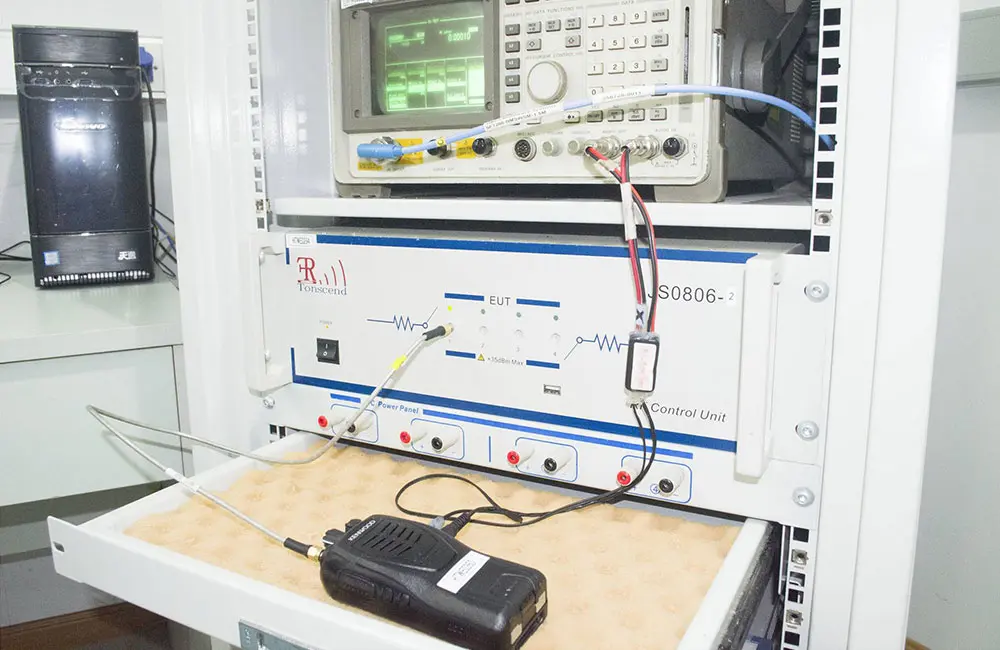
What products are coveRED by EN61326-2-3?
The EN 61326-2-3 standard applies to electrical equipment used in measurement, control, and laboratory environments—particULarly those with integrated or remote signal conditioning. Examples of applicable products include:
1. Transmitters: such as pressure, differential pressure, temperature, level, and flow transmitters. These typically convert physical quantities into electrical signals and transmit them to control systems or displays via signal conditioning.
2. Sensors and their systems: including temperature, humidity, pressure, displacement, speed, acceleration sensors, etc. If these sensors have integrated or remote signal conditioning functions that convert signals into usable electrical outputs, they fall under this standard.
3. Analytical instruments: such as spectrometers and chromatographs used in cheMICal analysis, or densitometers and viscometers for measuring physical properties. These usually include signal conditioning circuits to process signals from sensors for accurate results.
4. Data acquisition devices: such as data loggers or acquisition systems used to collect physical or electrical signals. These may include signal conditioning to adapt to various sensor inputs and convert data into digital form for storage and transmission.
5. Industrial control devices: including programmable logic controllers (PLCs), distributed control system (DCS) I/O modules, fieldbus devices, etc. These handle and condition signals from various sensors in automation systems.
6. Laboratory instruments: such as electronic balances, pH meters, conductivity meters, oscilloscopes, and signal generators. These are used for measurement and experimentation in labs and usually include signal processing features for accurate results.
What tests are required under EN61326-2-3?
EMC Emission Testing:
- Conducted emissions
- Radiated emissions
EMC Immunity Testing:
- Electrostatic discharge (ESD) immunity
- Radiated RF electromagnetic field immunity
- Electrical fast transient/burst immunity
- Surge immunity
- Conducted disturbance immunity
What should be noted when using this standard for CE certification?
1. Correct Standard Selection: Ensure your product is subject to EN61326-2-3. Choosing the wrong standard could invalidate your certification efforts.
2. Product Consistency: The tested product must match the production version. No discrepancies between test units and mass-produced units.
3. Certification Body: Choose a qualified and reputable certification body. Unreliable ones might lead to unrecognized results.
4. Standard Updates: Stay informed about revisions to EN61326-2-3. Manufacturers must ensure ongoing compliance with the latest version.
5. Performance Degradation Declaration: If the equipment is allowed to degrade in performance under interference, this must be clearly stated in the user manual.
6. Accredited Laboratories: Use third-party labs recognized by the EU to avoid invalid test results.
7. Documentation Integrity: Technical documentation should include complete records of design, testing, and risk analysis processes.
8. Final Product Testing: Tests must be conducted on production units, not prototypes.
That's all for our overview of the EN61326-2-3 standard. Hopefully, this has helped clarify things. Feel free to share this with others who might find it useful. And if you have any questions, don’t hesitate to REACH out!
Email:hello@jjrlab.com
Write your message here and send it to us
 Infant Support Pillow 16 CFR 1243/1242 & ASTM
Infant Support Pillow 16 CFR 1243/1242 & ASTM
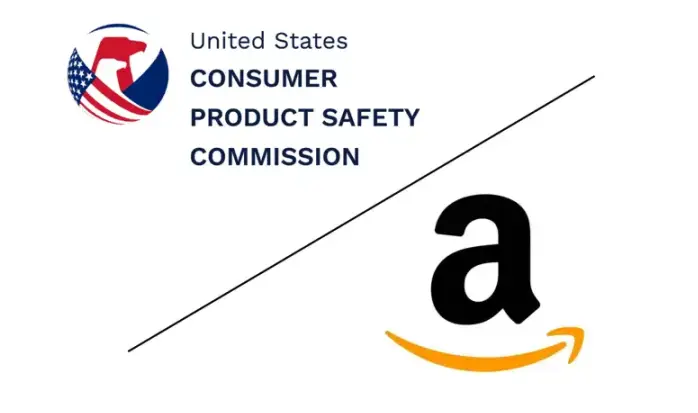 BRM Registration Card Under CFR Part 1130 Regulati
BRM Registration Card Under CFR Part 1130 Regulati
 How to get a D-U-N-S® Number for US FDA Registrati
How to get a D-U-N-S® Number for US FDA Registrati
 Household Massage Devices Compliance in the China
Household Massage Devices Compliance in the China
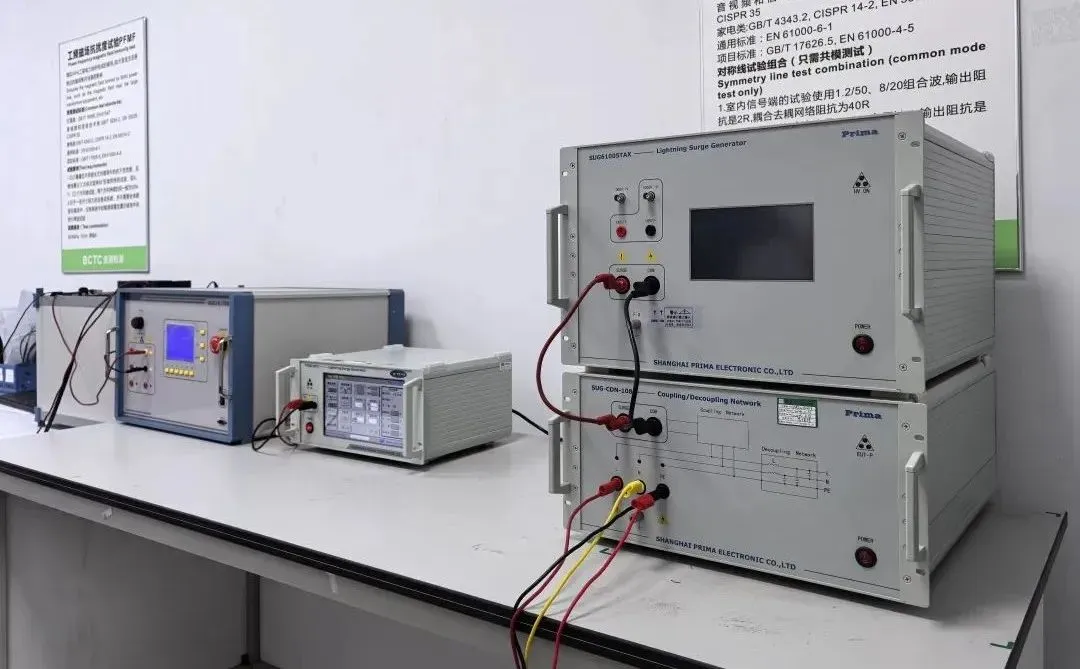 Compliance for the Global In Vitro Diagnostic (IVD
Compliance for the Global In Vitro Diagnostic (IVD
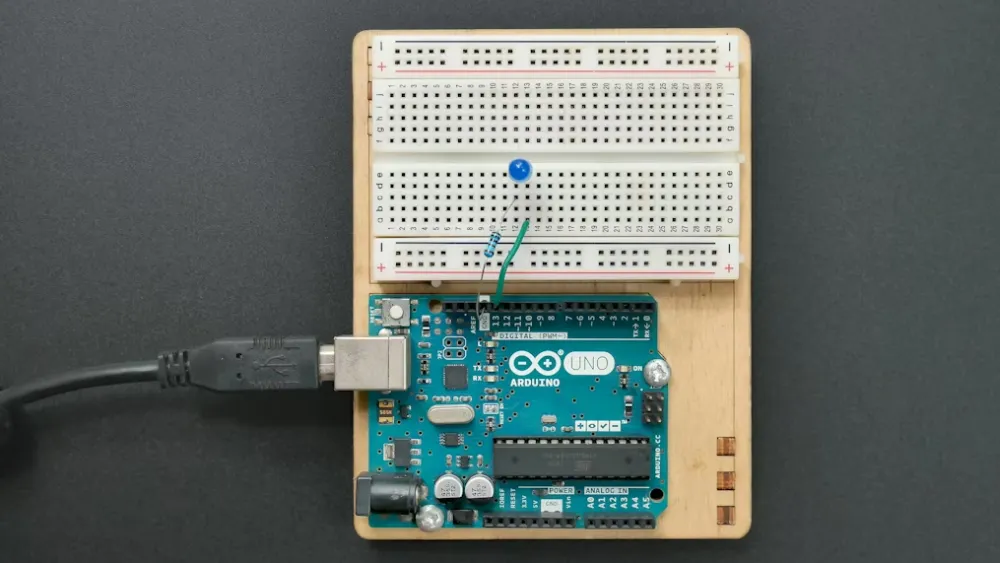 Compliance Guide for Nebulizers in European and Am
Compliance Guide for Nebulizers in European and Am
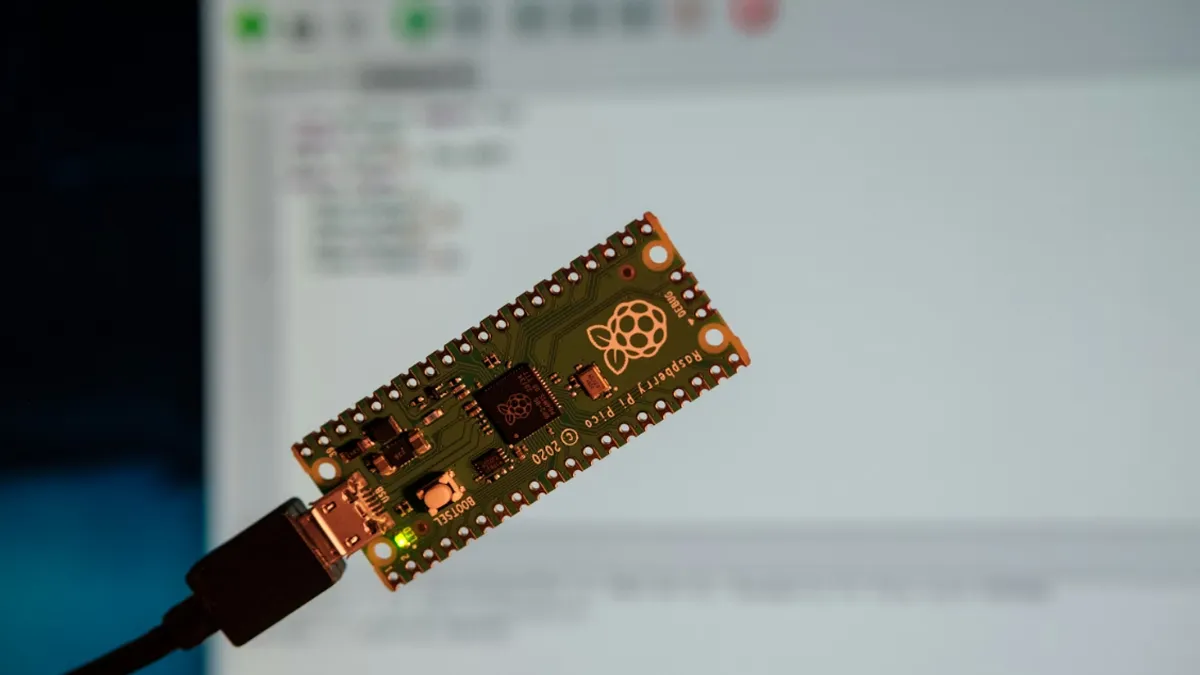 Cybersecurity Certification Service for EU RED Dir
Cybersecurity Certification Service for EU RED Dir
 ANATEL Certification Compliance Guide for Brazil M
ANATEL Certification Compliance Guide for Brazil M
Leave us a message
24-hour online customer service at any time to respond, so that you worry!




